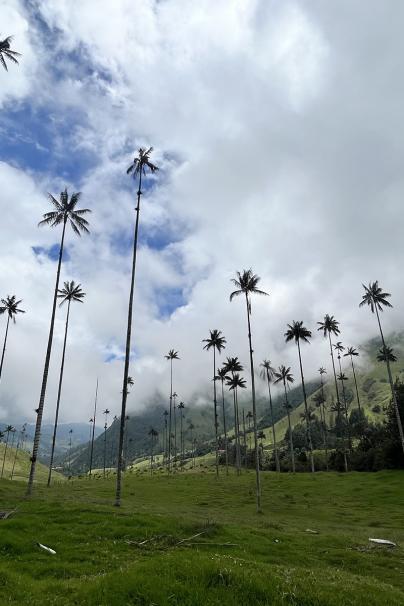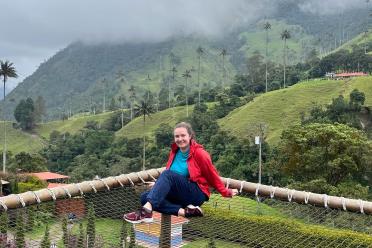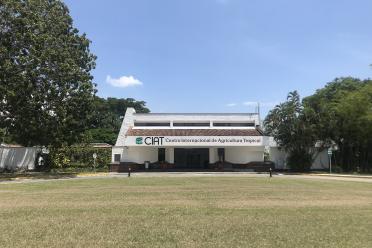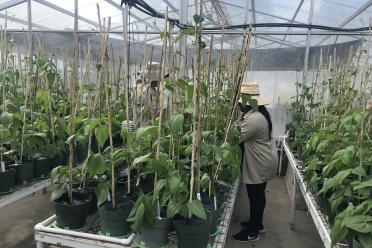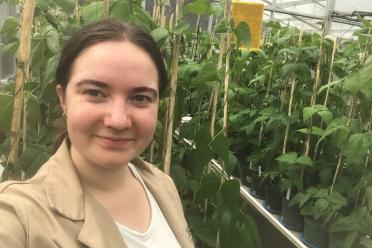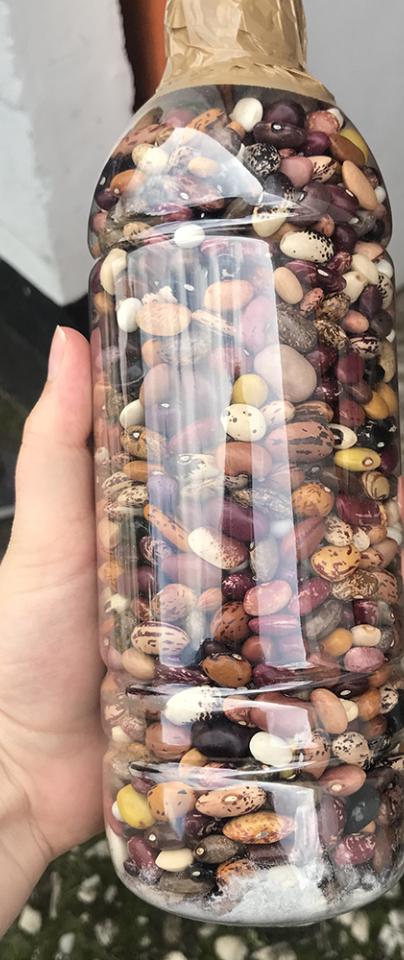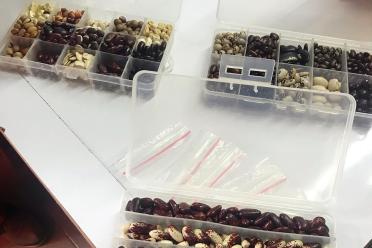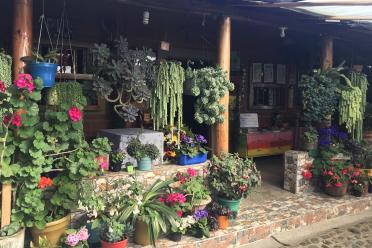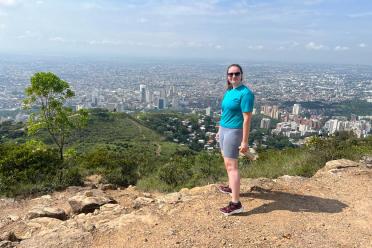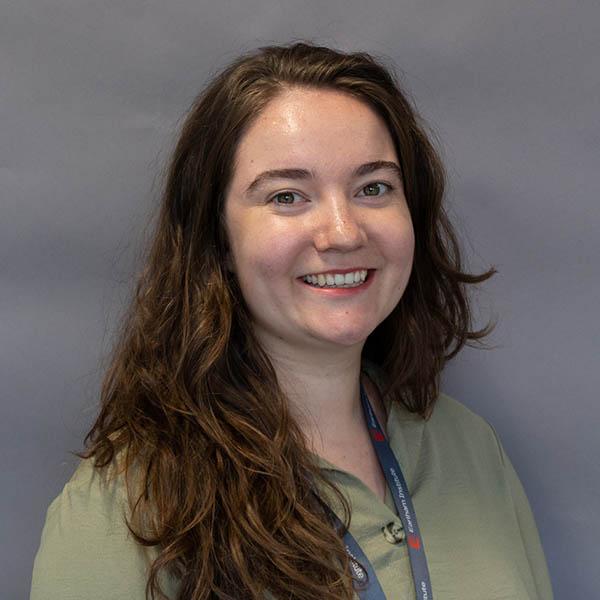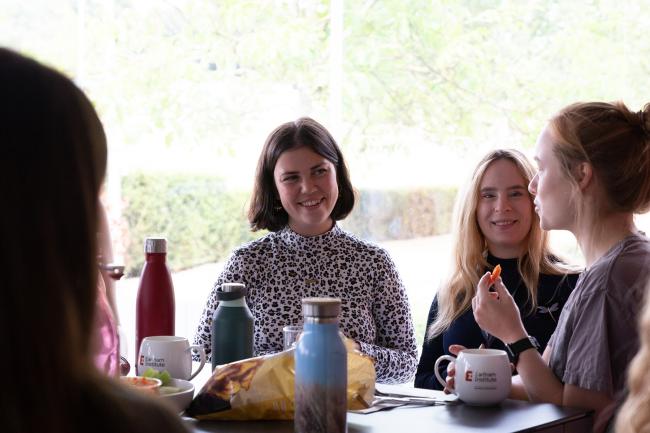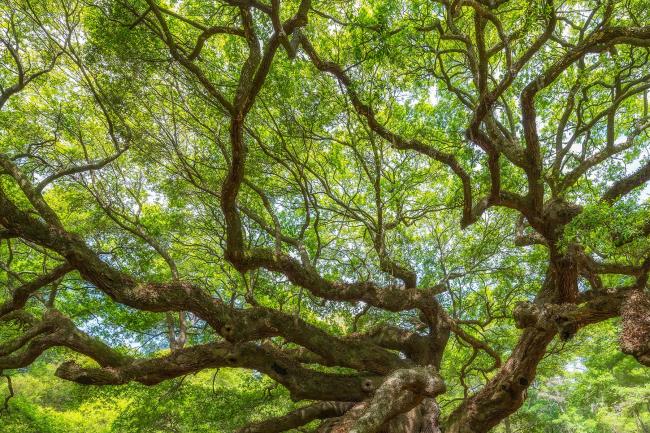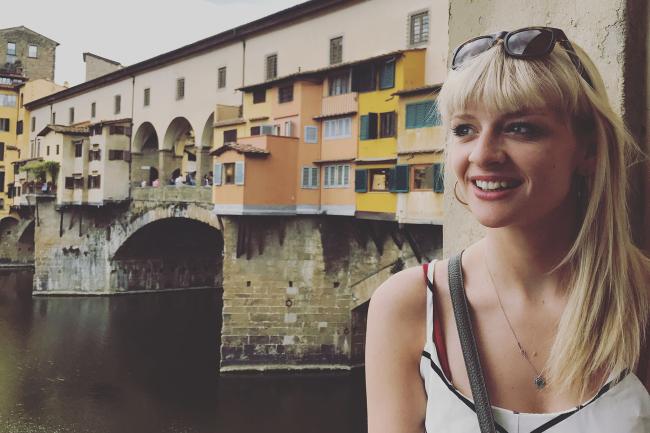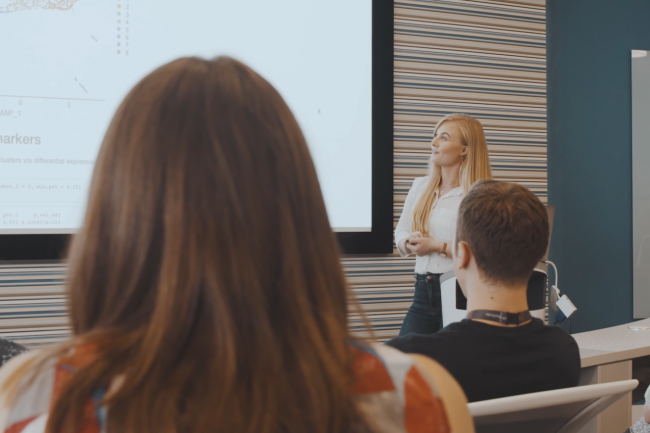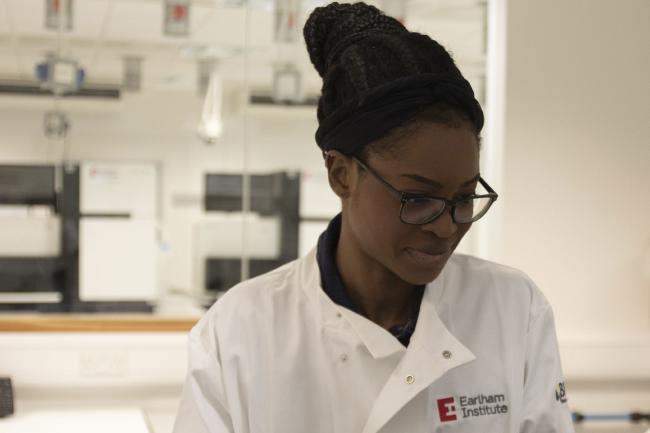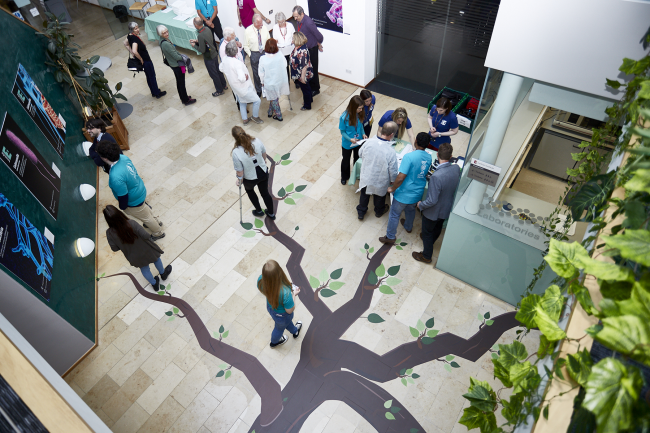To understand bean diversity, and how we can use this to improve food security, I needed to go to one of the countries where their consumption and growth are a central part of both diets and agriculture.
In June 2022 I travelled and worked in Cali, Colombia, for three months. The aims of this trip were for me to learn local knowledge about working with common beans in fields and glasshouses, gain practical experience by completing my own glasshouse trial, and to visit Earlham Institute collaborators from the International Centre for Tropical Agriculture (CIAT) and the Colombian Corporation for Agricultural Research, AGROSAVIA.
The first part of my project is focused on understanding the genetic diversity within the 150 different types of common beans. Many of these crop varieties are grown by small communities, usually on subsistence farms for local markets.
We wanted to gather local knowledge to better understand why growers have selected for certain varieties – exploring the traits they’re most interested in – and then investigate the genetic basis for this.
Secondly, I wanted to investigate how this diversity affects their resilience to drought. Regular and prolonged droughts are a hallmark of climate change, with impacts that vary from water shortages to widespread crop failure and famine.
